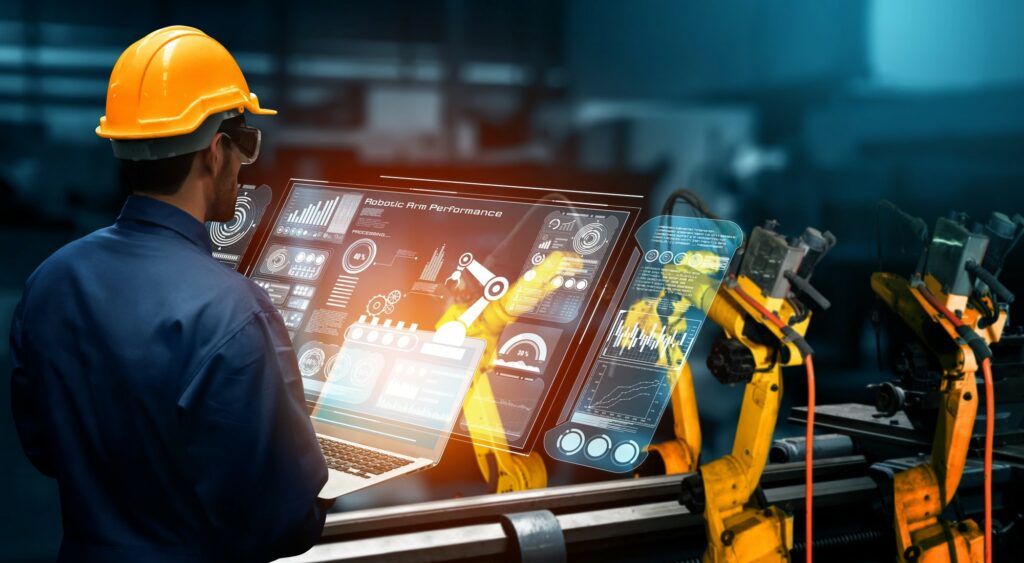When you think of data-center networking, you almost certainly think of Ethernet switches. These gadgets have been the foundation of the data-center network for decades, and there are still more Ethernet switches sold into data-center applications than any other technology. Network planners, though, are starting to see changes in applications, and those changes are suggesting that it’s time to think a bit harder about data center network options. Your data center is changing, and so should its network. With the advent of the cloud and cloud-centric development, two disruptors were introduced into our happy and comfortable picture of Ethernet switching in the data center. The first was virtualization, the notion that there wasn’t a 1:1 relationship between a computer and an application, but rather a pool of computers shared the application hosting. The second was componentization, which said that if you wrote applications to be divided into logical pieces, you could run those pieces in parallel, scale them on demand, and replace them seamlessly if they broke. The impact of these on traffic, and so on data-center switching, was huge. Traditional monolithic applications create vertical traffic—flows between users and the data center. A couple decades ago, things like service buses and inter-application coupling created horizontal traffic. Componentization and virtualization create mesh traffic, where messages flow in a complex web among a whole series of components. Since traditional data-center switches create a hierarchy, this mesh traffic stresses the traditional model and promises to break it.
AMI Awarded $2M Grant from Florida Department of Commerce to Deploy Smart Manufacturing Lab
TALLAHASSEE, FL – Advanced Manufacturing International (AMI) has been awarded a $2M grant

